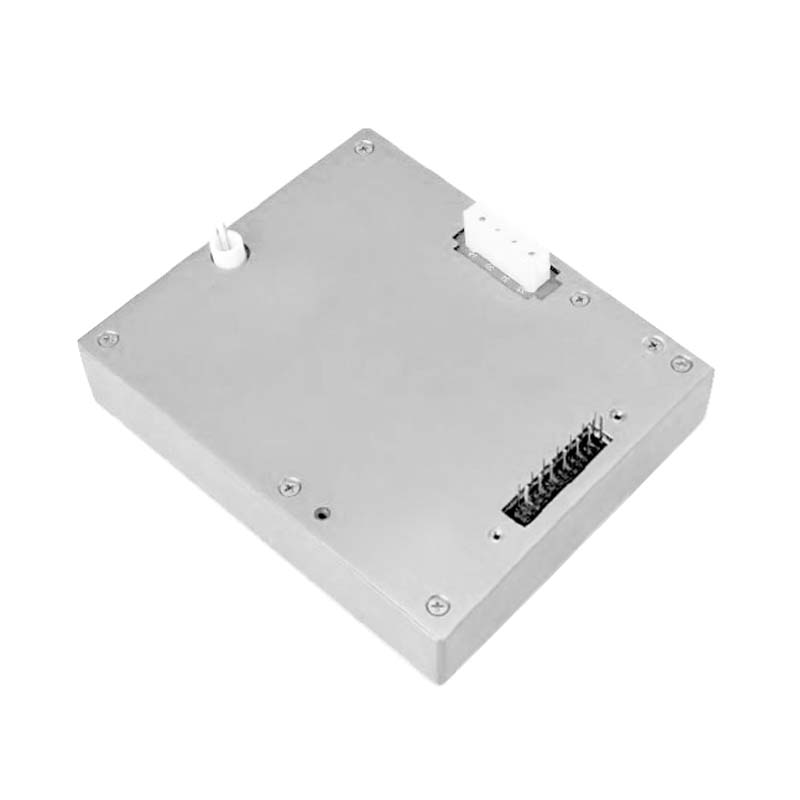Anti-Interference Performance of High-Voltage Power Supplies for Neutron Sources: Key Challenges and Innovations
Neutron source facilities (e.g., accelerator-driven or fusion-based systems) are pivotal in nuclear energy, materials science, and medical research. The stability of their high-voltage power supplies directly determines neutron beam quality and experimental data reliability. However, strong electromagnetic fields, pulsed load transients, and multi-system coupling interference during operation pose severe challenges to power supply robustness. This article analyzes interference mechanisms, technical strategies, and application cases.
1. Interference Sources and Impact Mechanisms
1. Internal Interference
Switching Noise: Switch-mode topologies (e.g., LLC resonant converters) generate high-frequency harmonics (MHz range) during power device switching, coupling into control circuits and causing reference voltage drift or timing errors.
Load Transients: Pulsed neutron tube operation induces microsecond-scale current fluctuations, increasing output voltage ripple (up to 5% of rated value) and degrading neutron yield uniformity.
2. External Interference
Electromagnetic Coupling: High-energy particle impacts in target areas produce broadband radiation (kHz–GHz), disrupting feedback loops and triggering false shutdowns.
System Crosstalk: Ground loops from adjacent spectrometers introduce common-mode noise, reducing control signal SNR.
2. Core Anti-Interference Technologies
1. Topology Optimization and Filtering
Resonant Soft-Switching: Adjusting LLC circuit dead time and resonant parameters reduces switching losses by 40% and suppresses high-frequency ringing.
Multi-Stage Filtering: π-type LC filters (ferrite beads + ceramic capacitors) attenuate >30 dB of noise above 1 MHz; common-mode chokes block ground loop interference.
2. Intelligent Control Algorithms
Adaptive Dead-Time Control: Real-time monitoring of switch temperature and drive waveforms dynamically adjusts dead time (nanosecond precision) to prevent shoot-through faults.
Digital Closed-Loop Compensation: FPGA-based voltage-current dual-loop control corrects output fluctuations (0.1% resolution) during load transients.
3. EM Shielding and Grounding
Zoned Shielding: Permalloy shields and copper foil-wrapped transformers attenuate external radiation by >60%.
Hybrid Grounding: Power ground (>10 A) and signal ground are routed separately and merged at a single point via beads; multilayer PCBs provide continuous ground planes.
3. Application Cases and Performance Gains
1. High-Intensity Neutron Generator (HINEG)
Achieving a world-leading neutron flux of 6.4×10¹² n/s, its power supply integrates:
Active filters to suppress voltage spikes from fusion reactions;
Fiber-optic control signal transmission to eliminate electromagnetic interference.
2. Magnetic Confinement Fusion Neutron Source Prototype
Its dual-detection circuit architecture features:
Pre-regulator and bandgap reference circuits maintaining ±0.05% voltage accuracy;
Real-time diagnostics triggering redundant power paths, enabling 10⁴ discharge cycles with zero faults.
4. Future Challenges and Directions
1. High-Frequency vs. Integration Trade-offs: GaN devices enable MHz switching but increase parasitic sensitivity, necessitating embedded EMI sensors for predictive interference mitigation.
2. Multi-Physics Modeling: Neutron–EM–thermal coupling simulations will quantify interference propagation paths and guide shielding design.
> The anti-interference capability of neutron source high-voltage power supplies is an invisible guardian of facility reliability. From circuit optimization to system-level EM design, technological innovations are advancing neutron facilities toward unprecedented stability and longevity, empowering cutting-edge research and industrial applications.




















